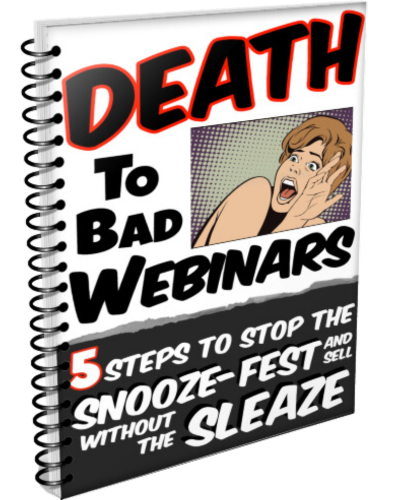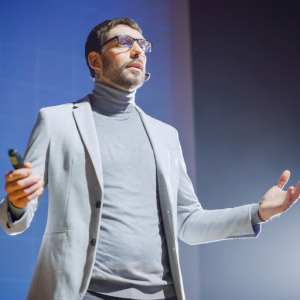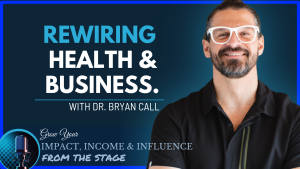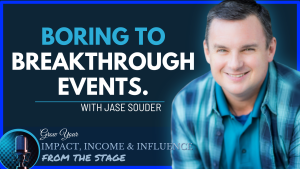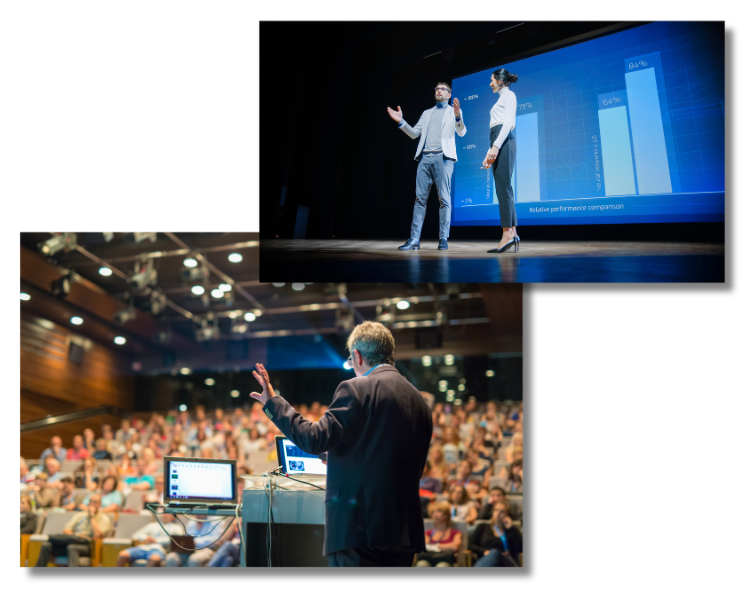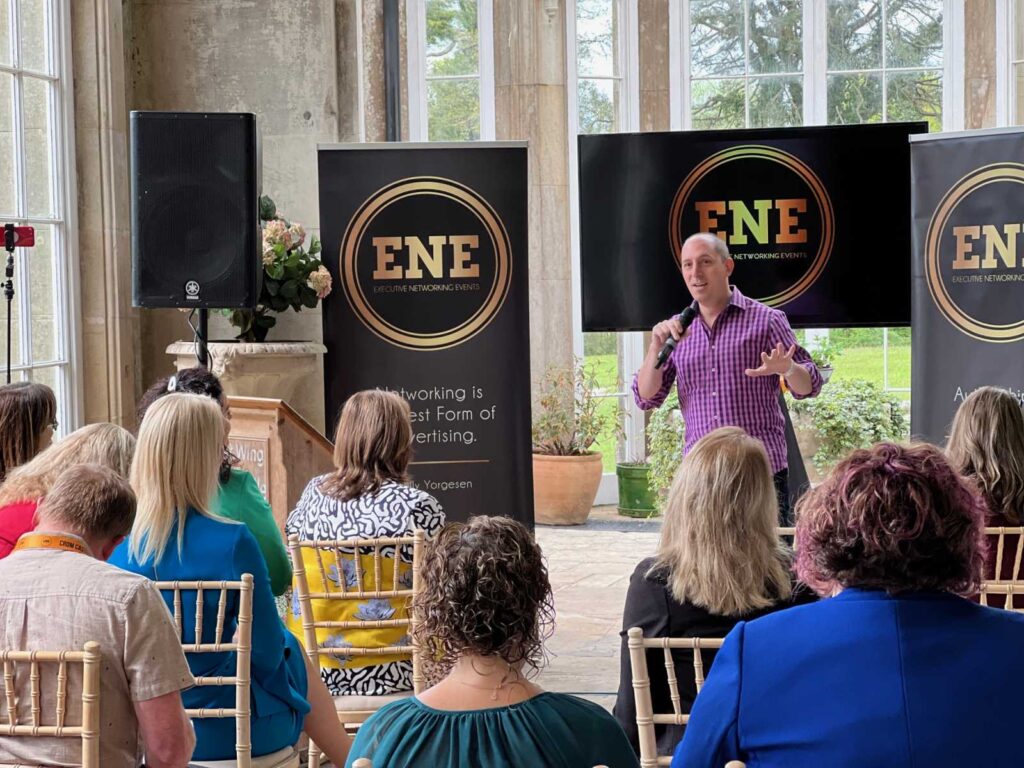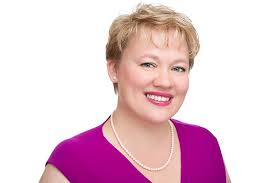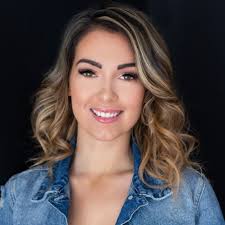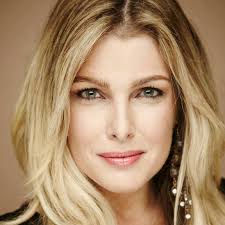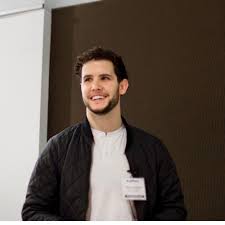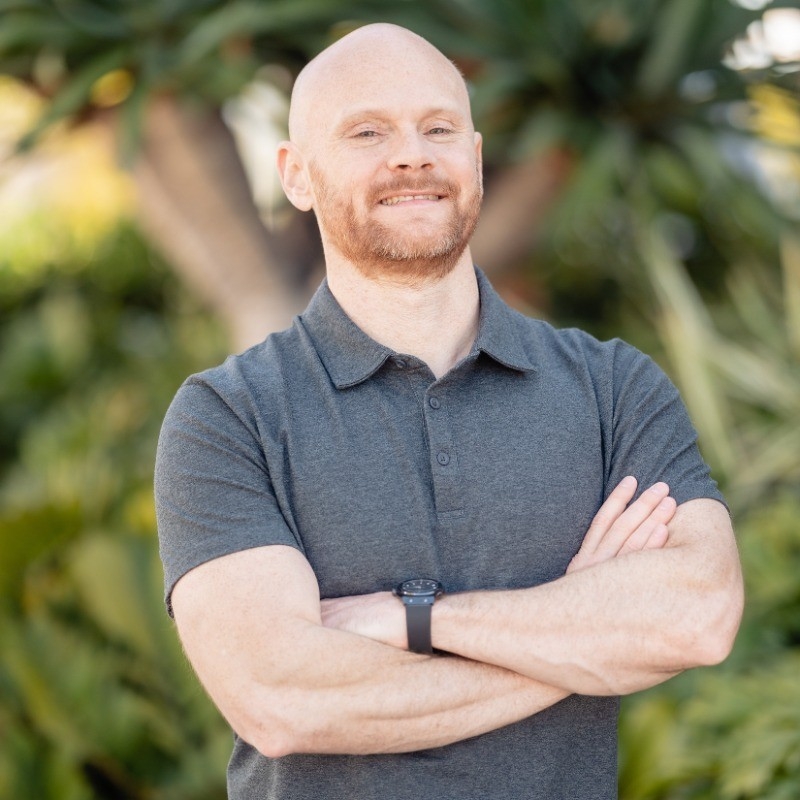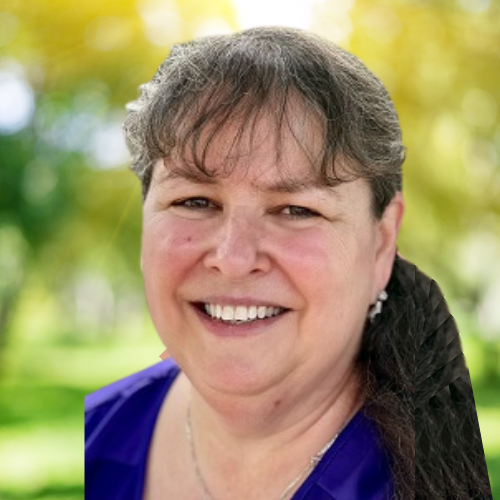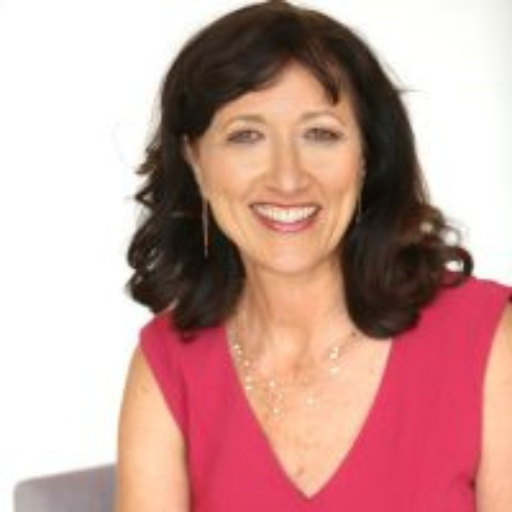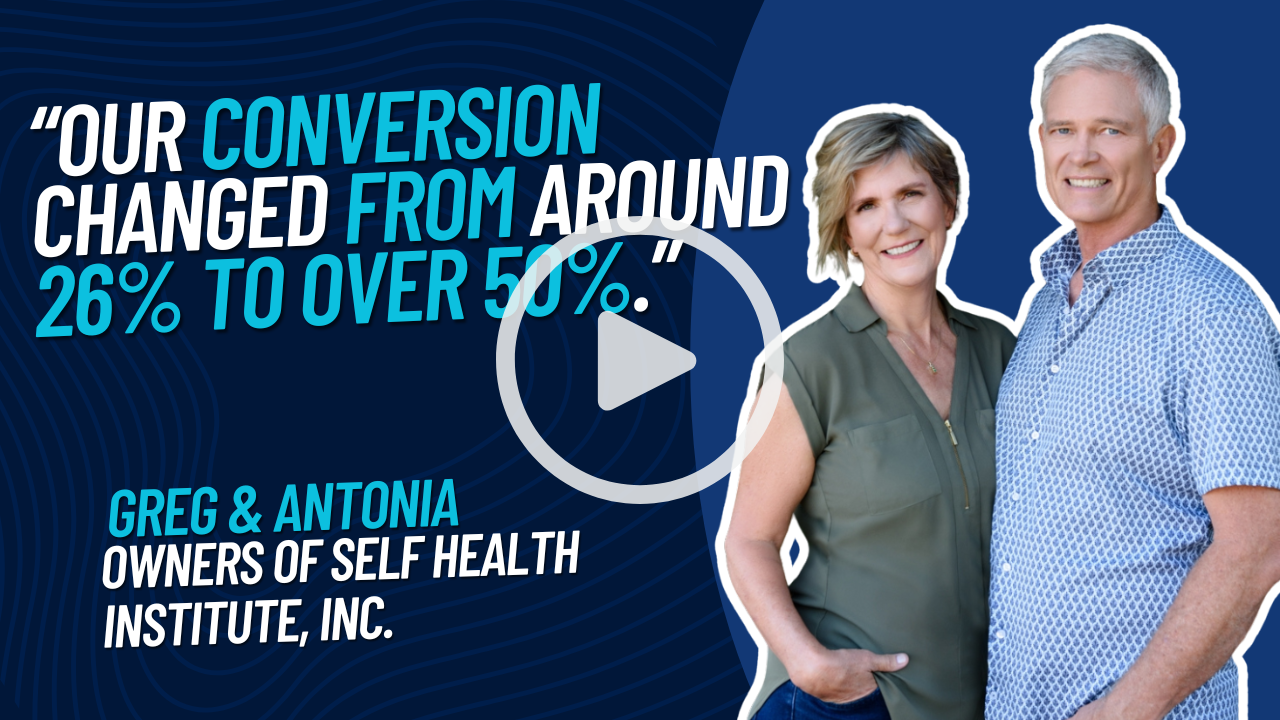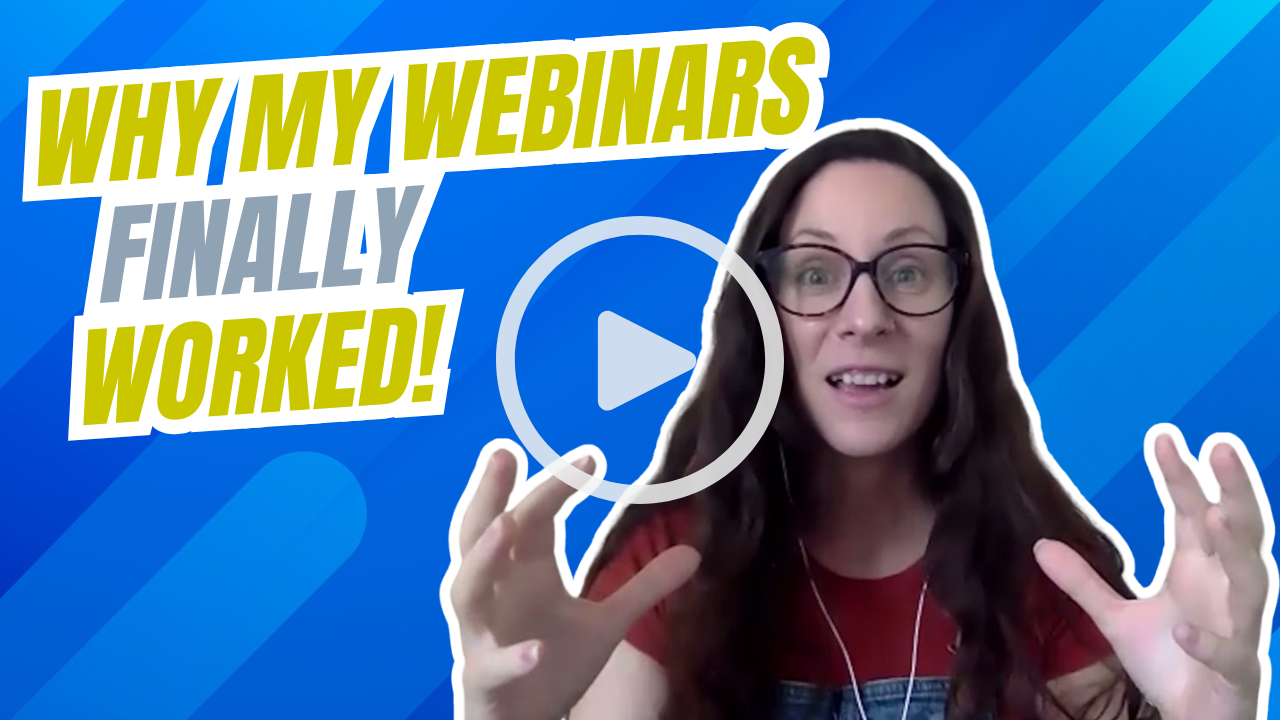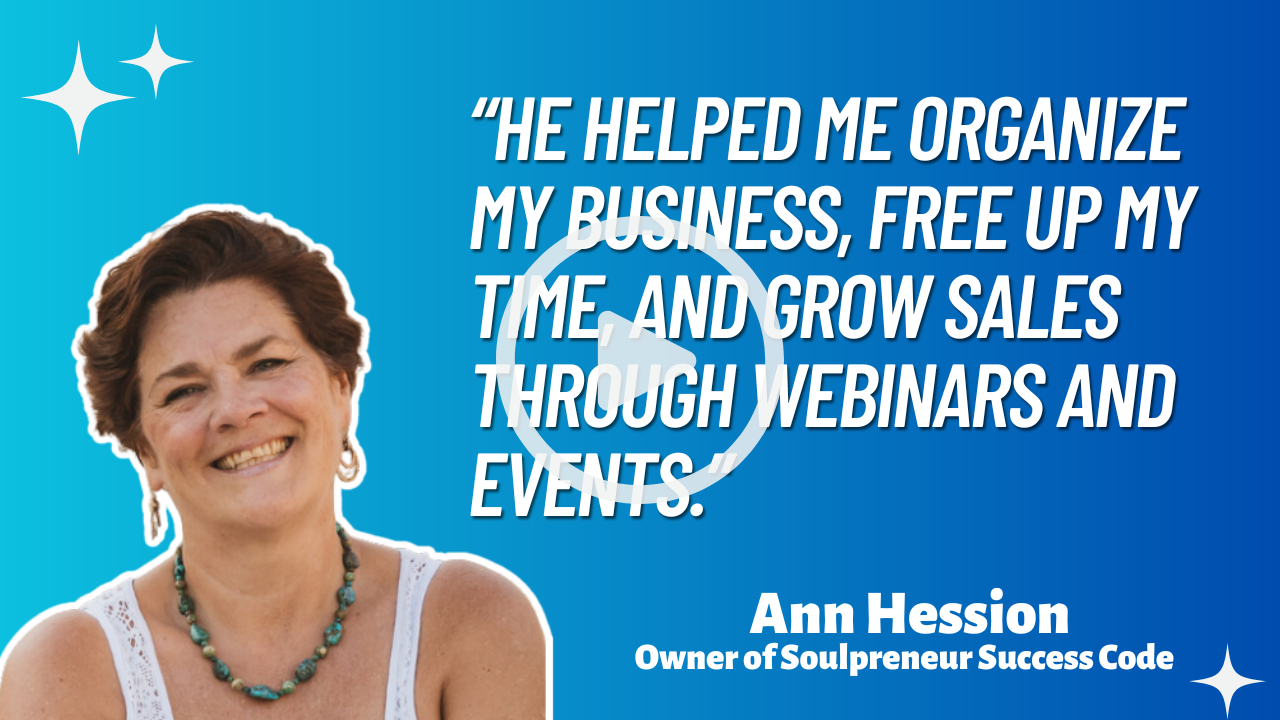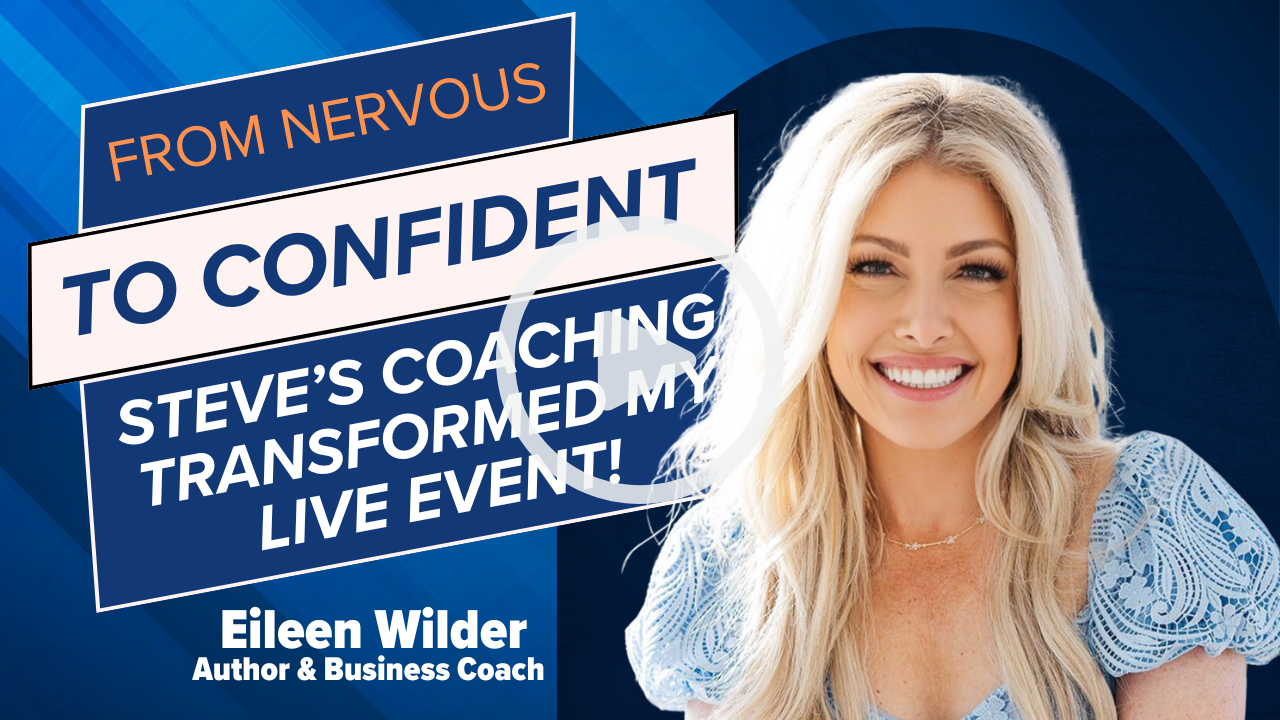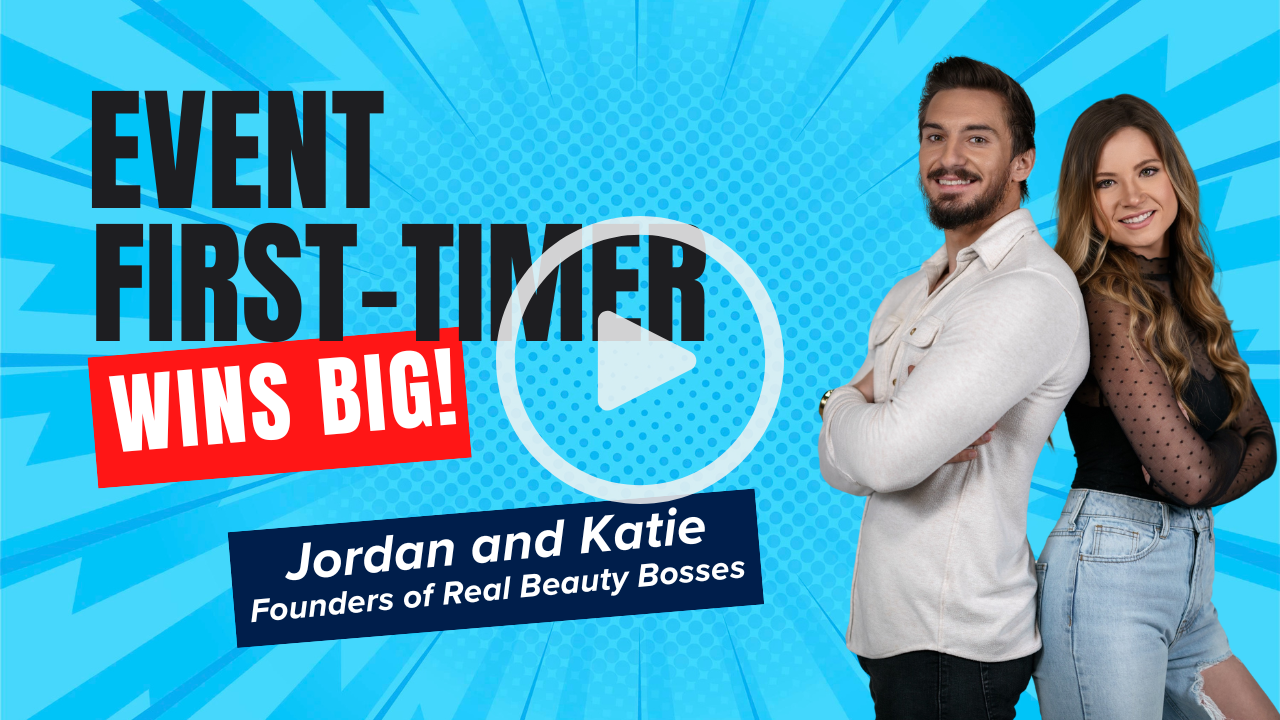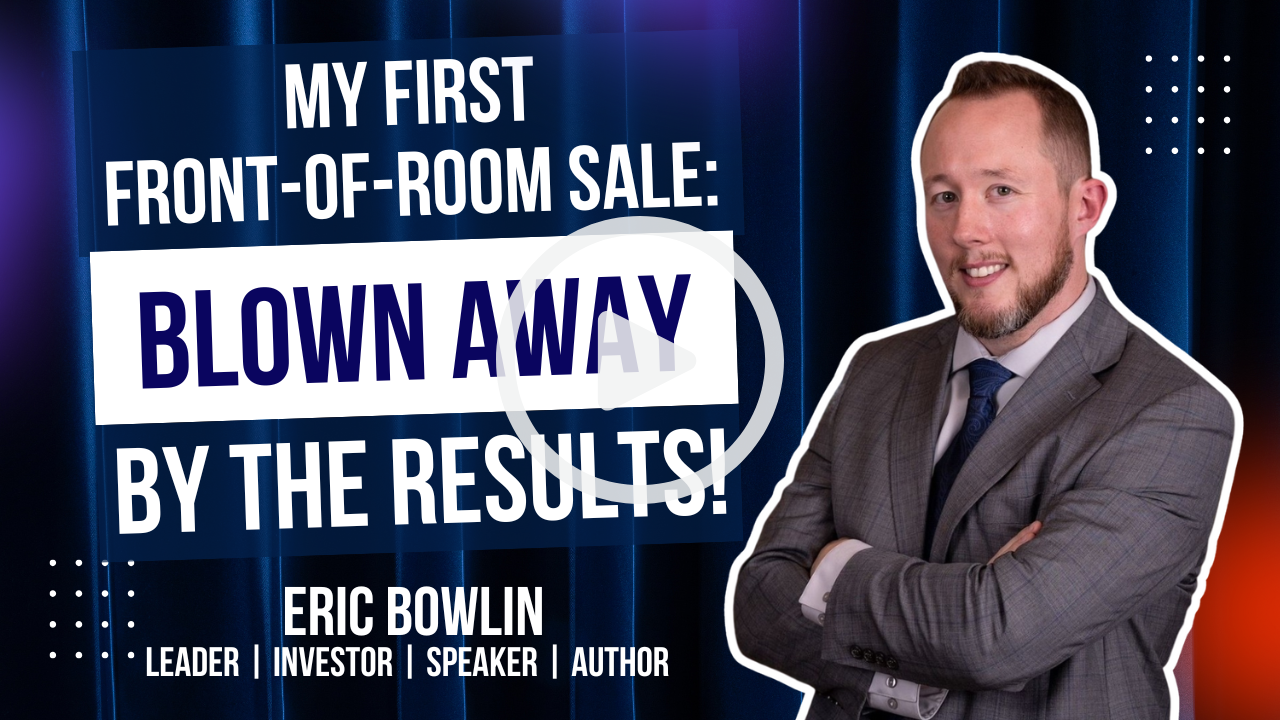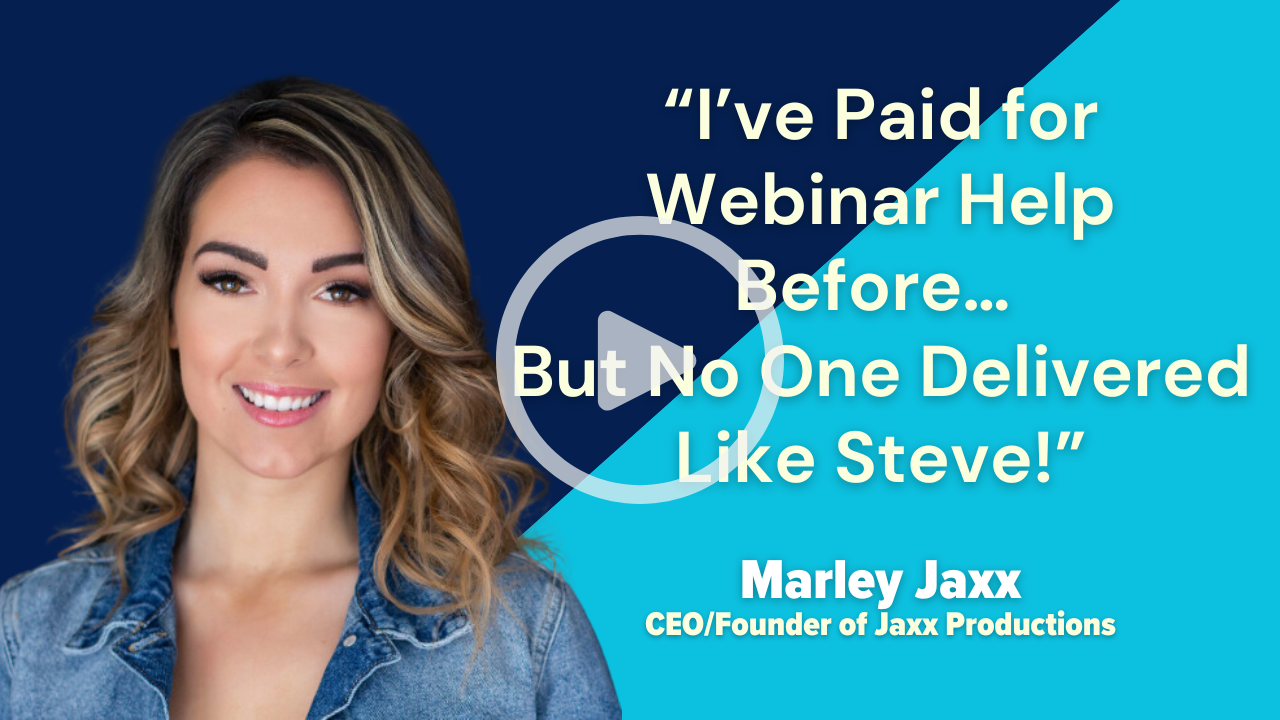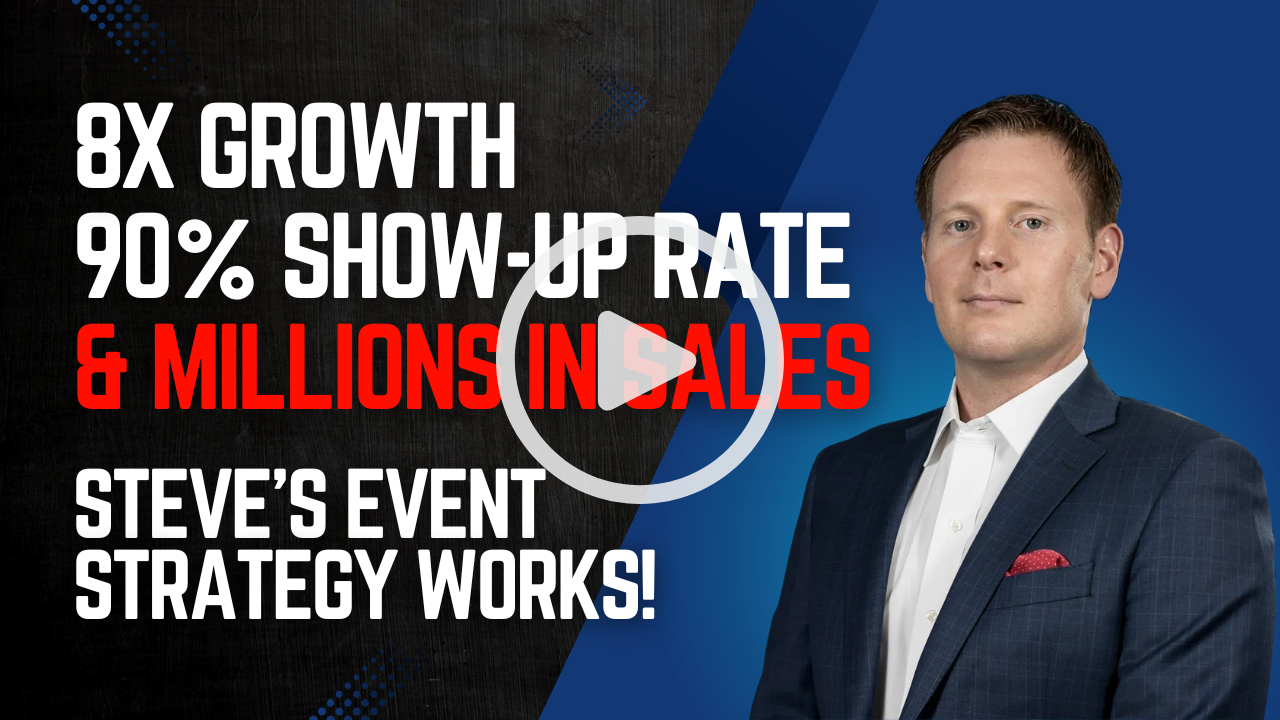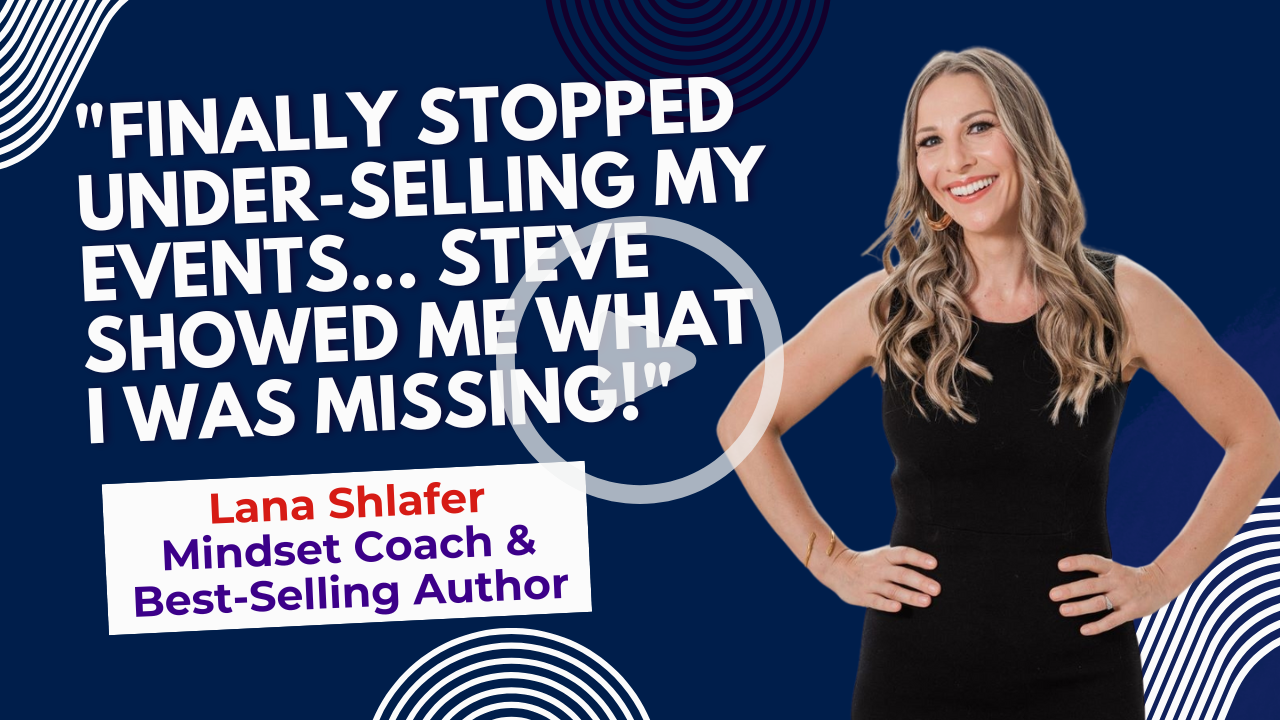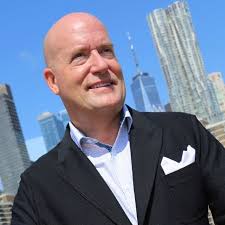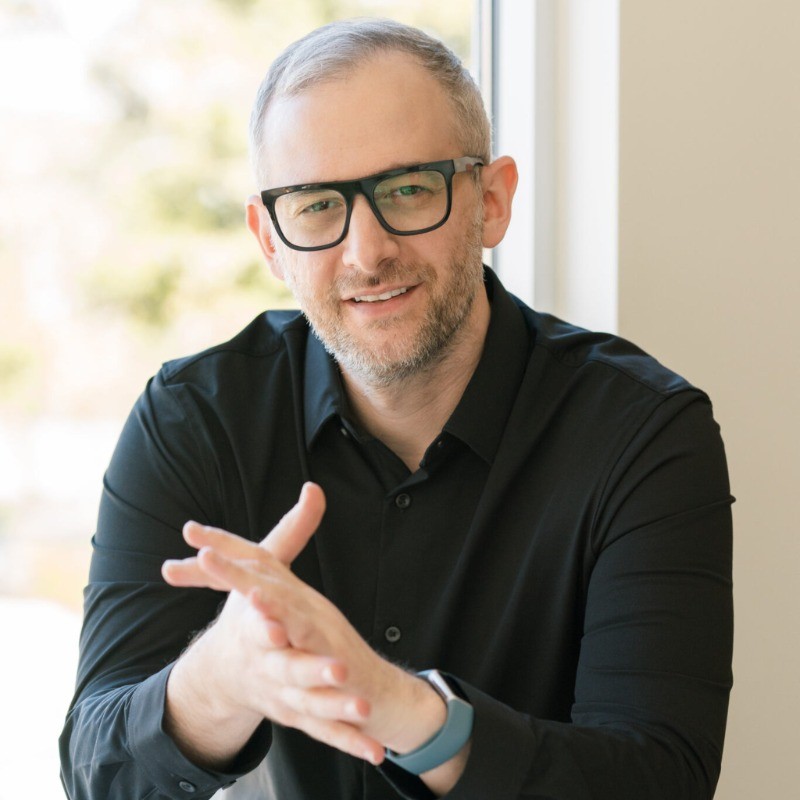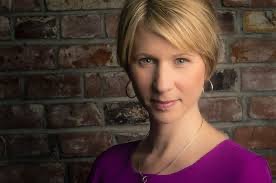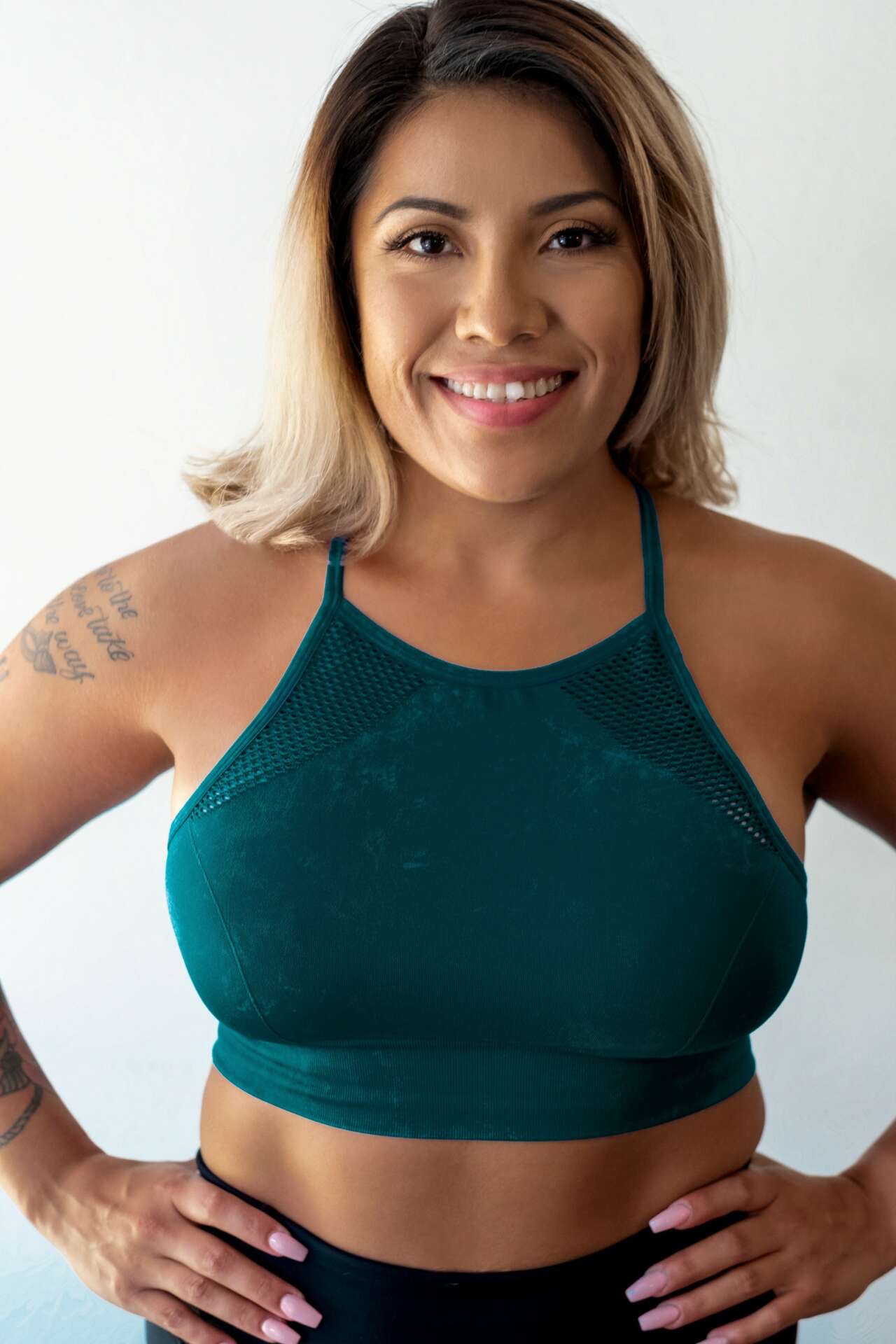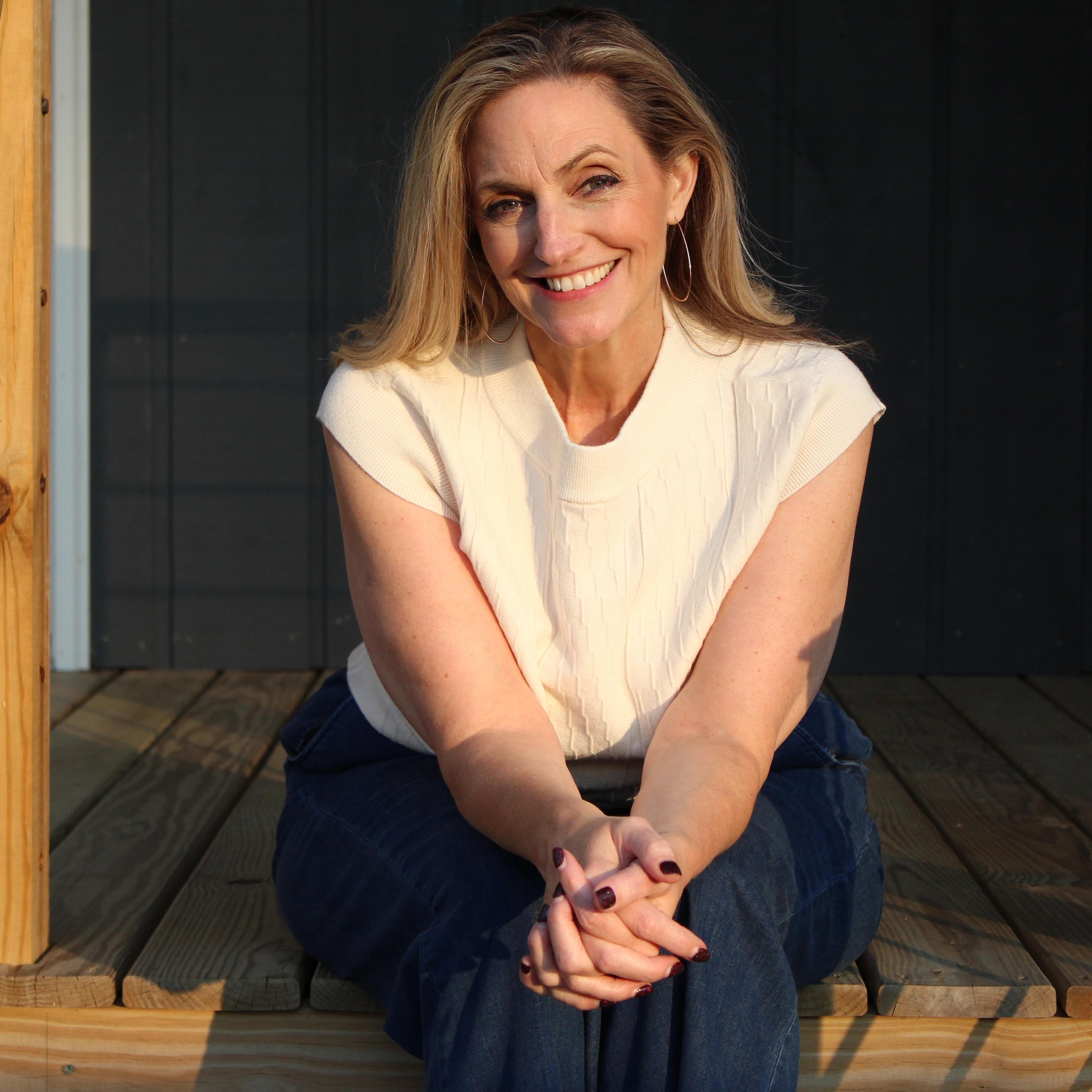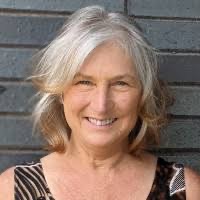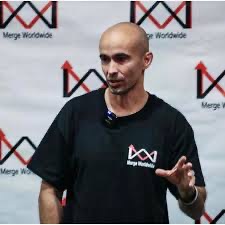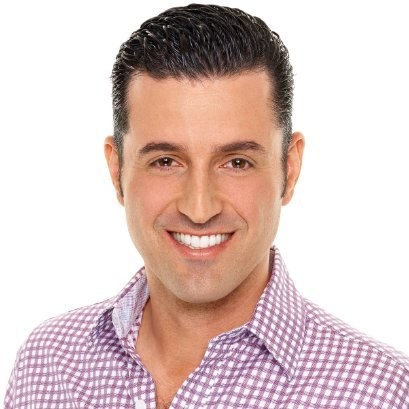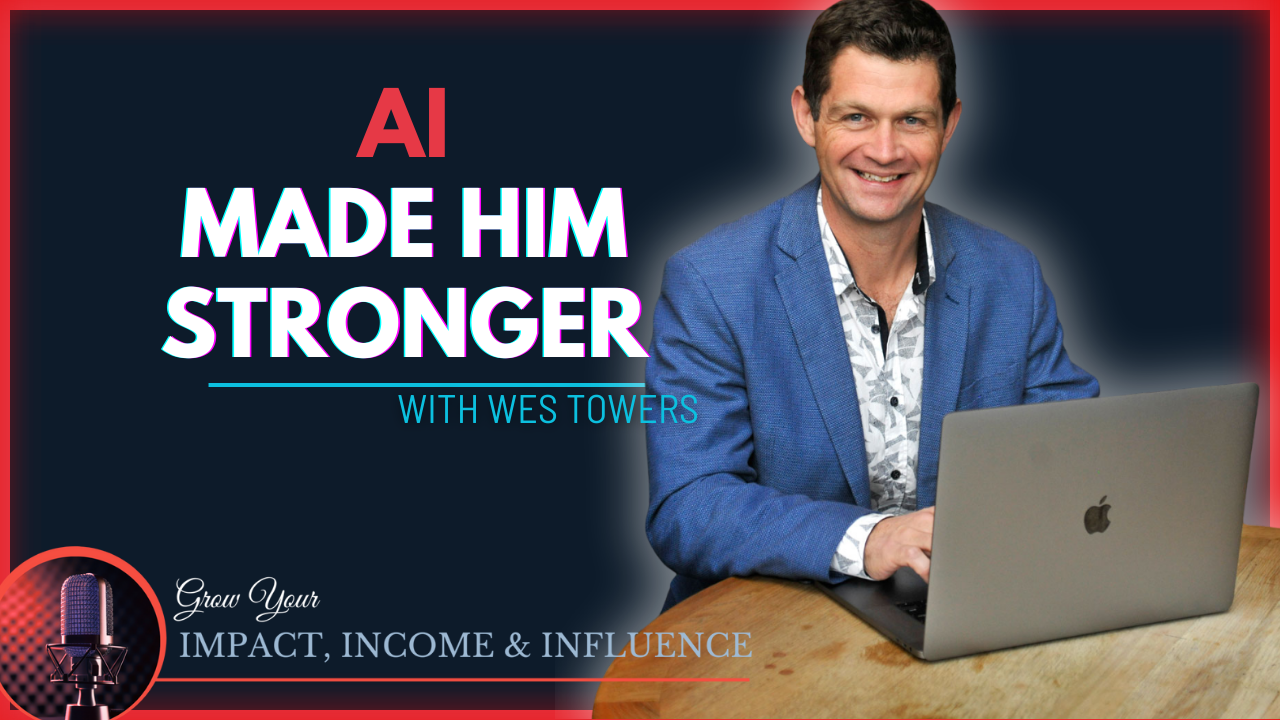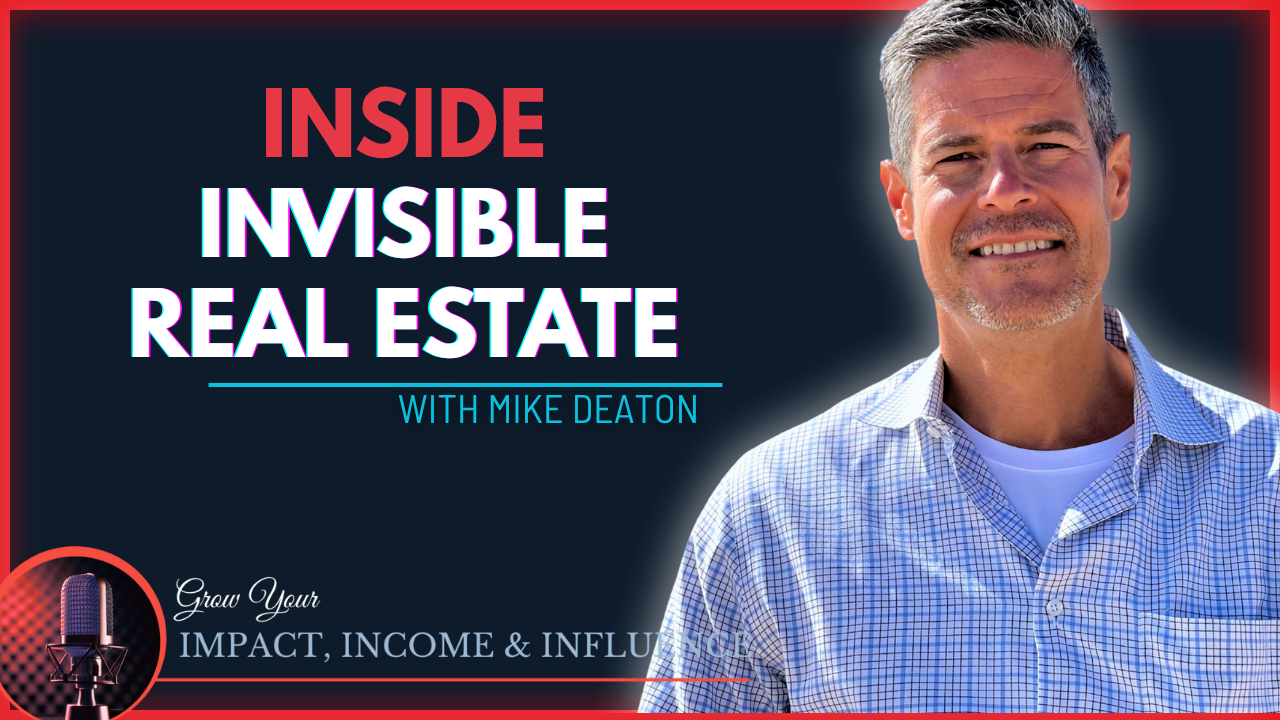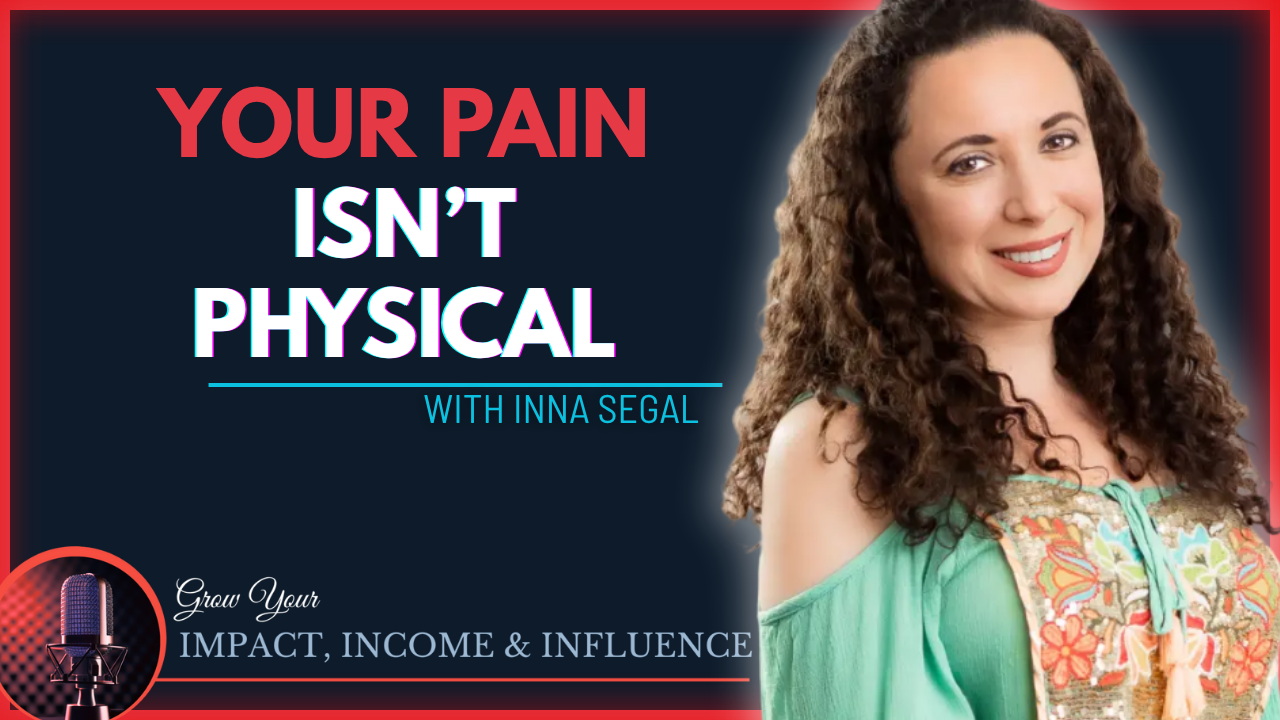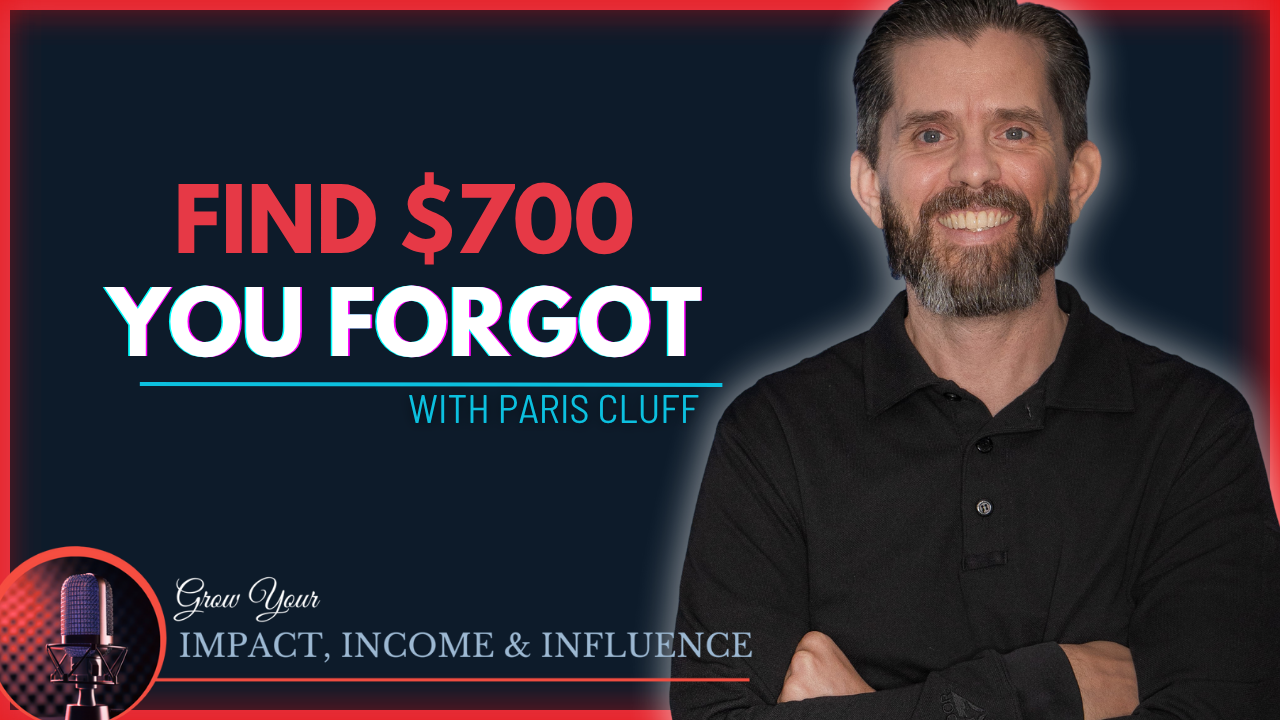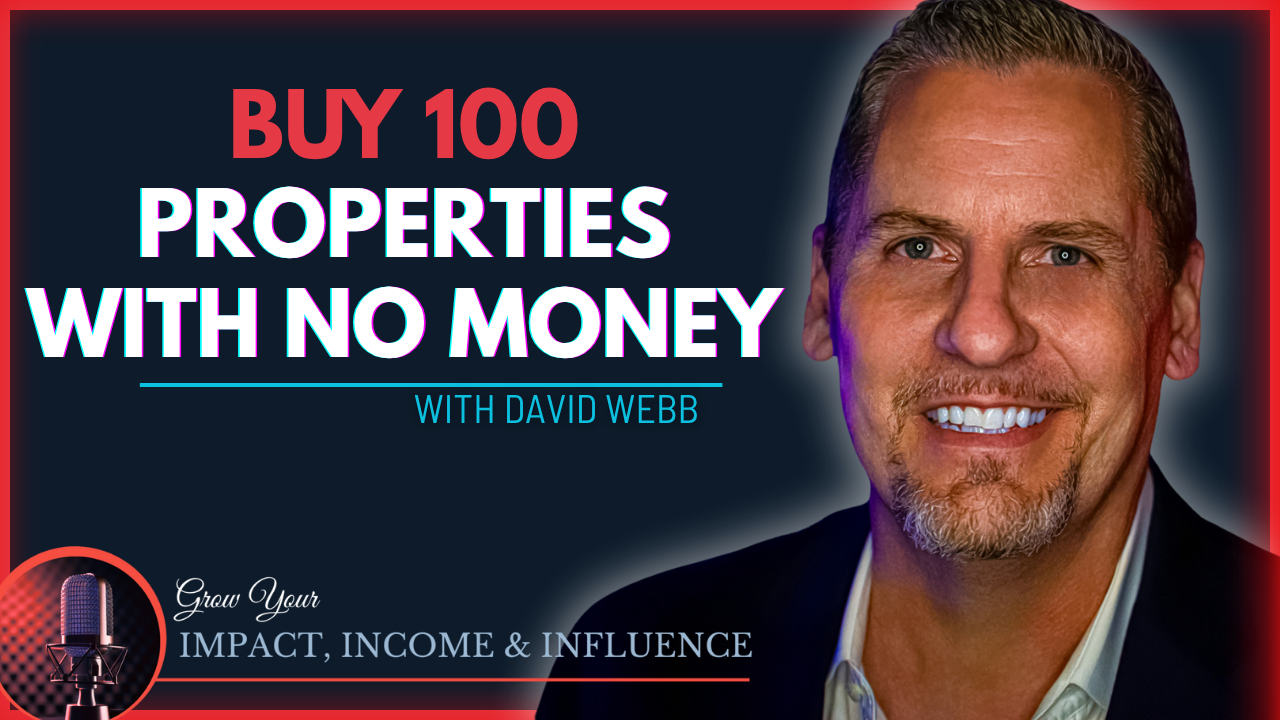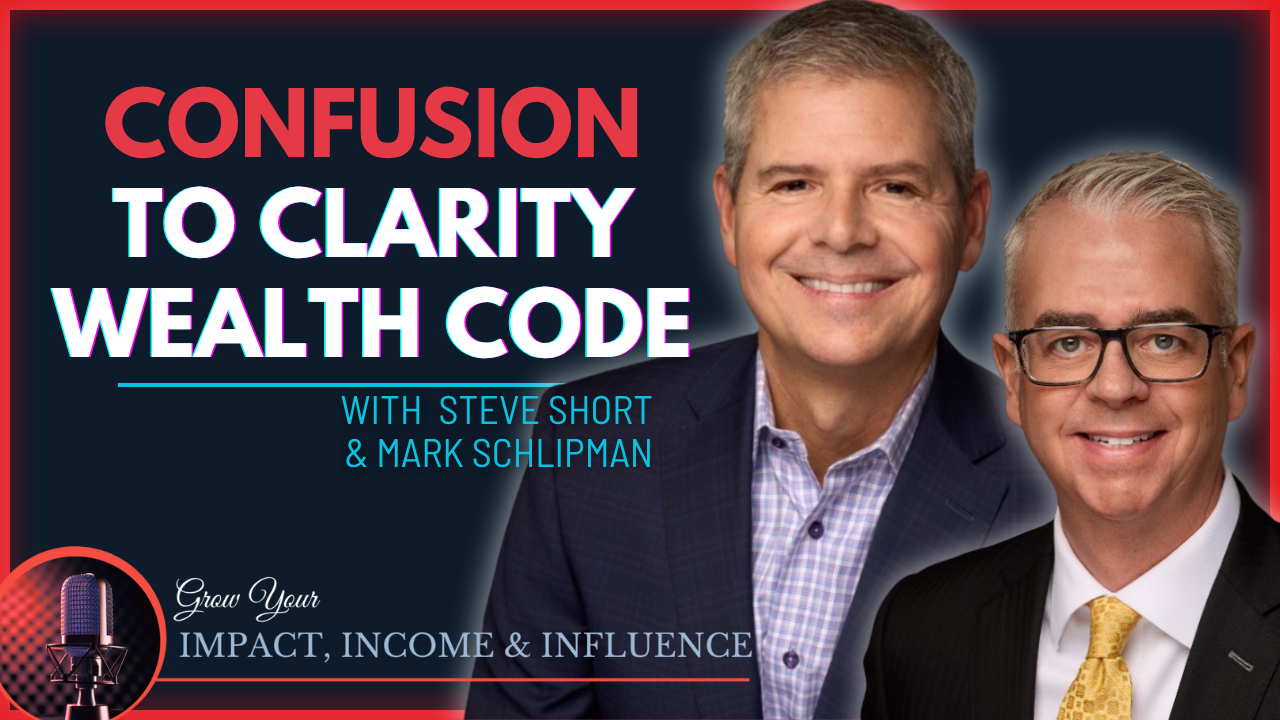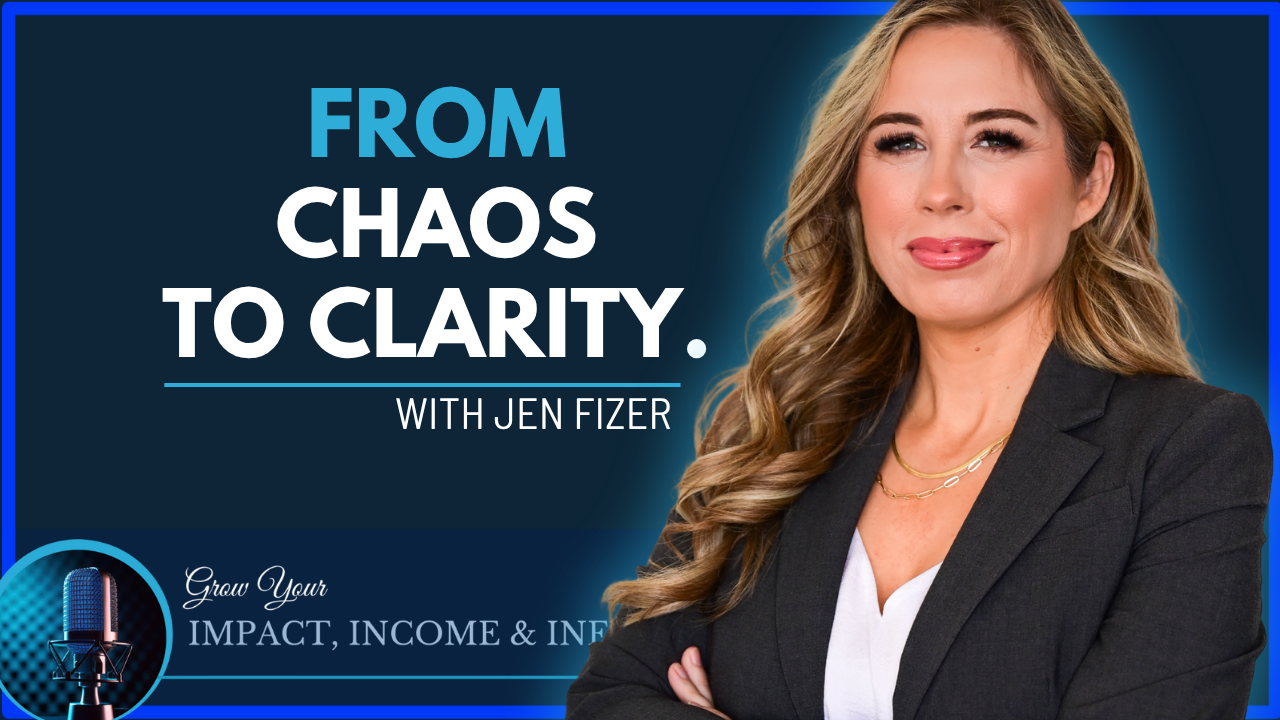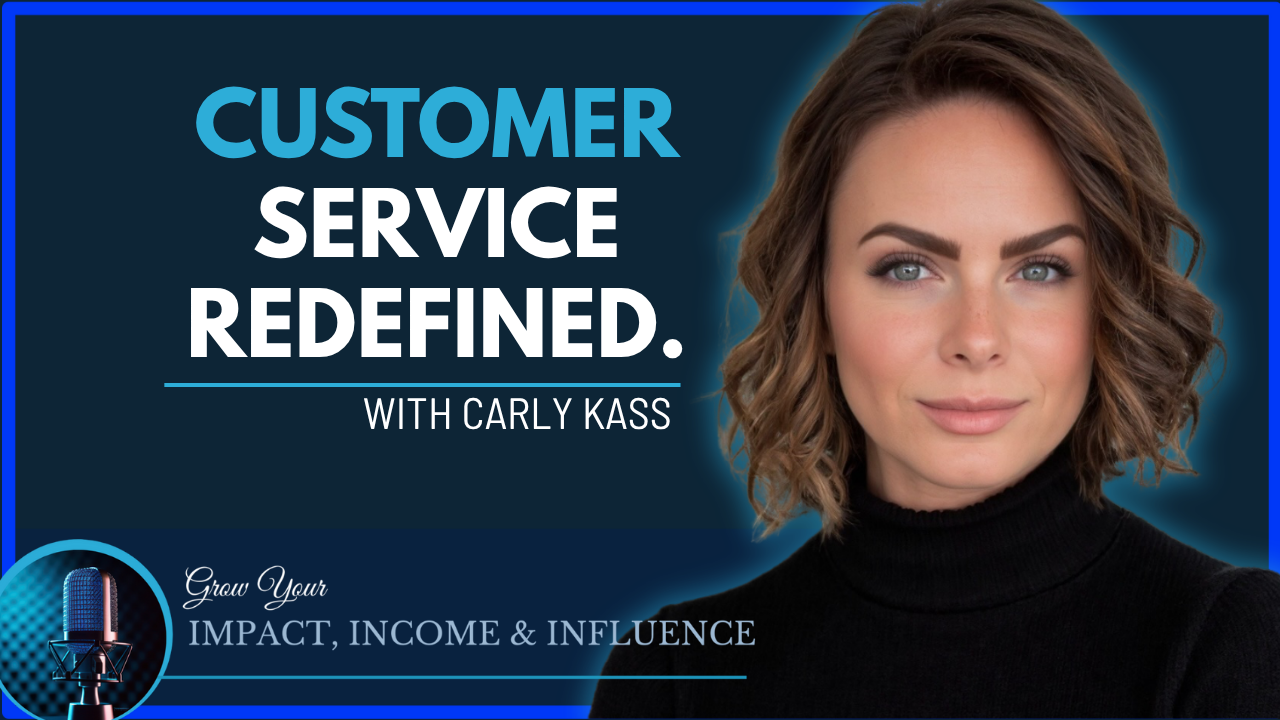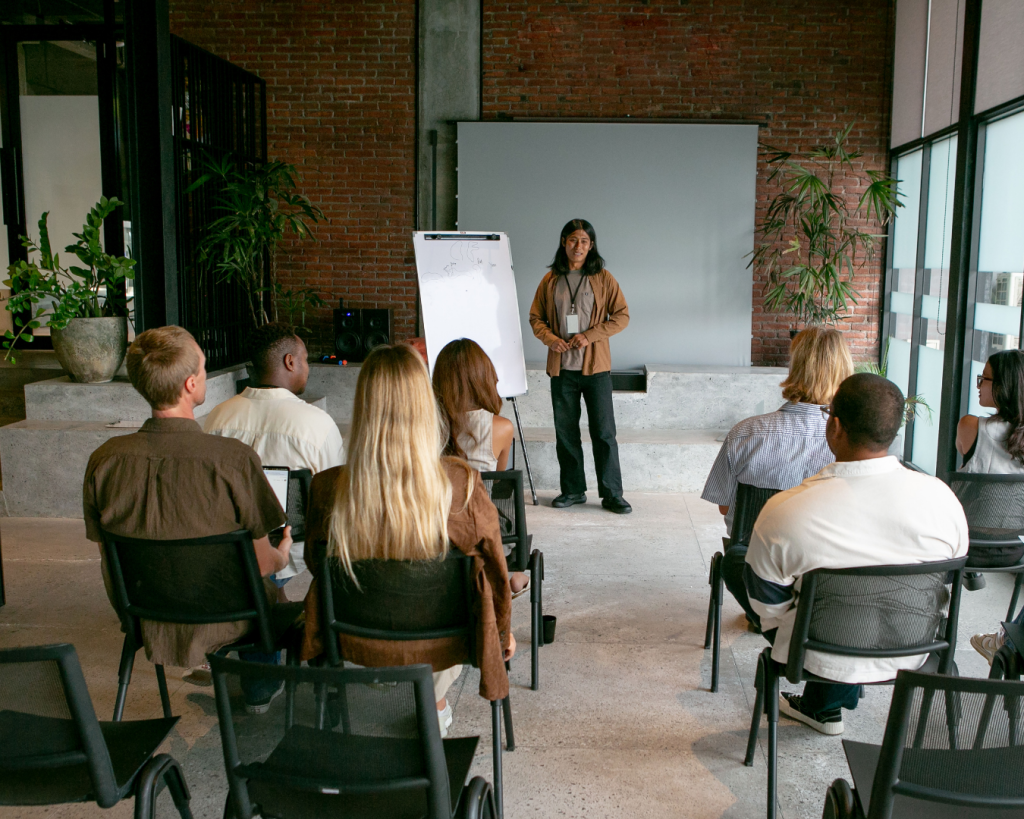
If you’re planning your first live event, you’ve probably got a picture in your head: hundreds of people packed into a ballroom, lights blazing, a big stage moment. But here’s the truth nobody tells you—smaller events convert better, cost less, and give you more control over your audience experience.
Let’s talk strategy, psychology, and profitability.

Pop in your email below, and we’ll zip it straight to your inbox so you never lose it!
Make sure to watch the video, honestly, I’m much better on video than writing and there’s great info on event conversion strategies in the video that we could not fit into the blog.
The Big Room Illusion (And What It’ll Actually Cost You)
Everyone dreams of a thousand-person event. But let me give it to you straight: you’re looking at a minimum $500,000 budget. Between AV, lighting, staff, venue, food and beverage, and room blocks, your costs will skyrocket—fast.
And here’s the kicker: your conversion rate will drop. We’ve tested this across hundreds of events. Once you pass 75 attendees, conversions start to fall off hard.
Why? Because you can’t build intimacy in a big room. When you’re just a face in the crowd, you’re less likely to buy. But when you’re one of 30 people, and the event host knows your name and calls out your business during the talk? Instant rapport. Instant trust.
The Conversion Sweet Spot
We’ve seen rooms of 20–30 people hit conversion rates of up to 95%.
Why? Because smaller events allow for:
Personalized attention (think: shout-outs and tailored content)
Low overhead (no AV team, no mic—just you and a couple TVs)
Increased buyer intimacy (attendees feel seen and supported)
Easier logistics (no hotel coffee at $100/gallon)
If you’re smart about it, you can host your event in a coworking space, avoid the hotel upcharges, and create a high-touch, high-impact experience that still scales revenue.
Avoiding the “Dead Zone” of Live Events
Between 75 and 200 attendees is what I call the dead zone. Your costs are high. Your conversions drop. And you probably don’t have the sales team to keep up.
Here’s the math:
For every 25 attendees, you need 1 actual salesperson (not just a coach).
At 75 people, you’re already looking at 3–5 sales pros just to maintain engagement and follow-up.
Most event hosts don’t plan for this. They try to scale too fast, and it tanks their results—and their confidence.
Start Small, Sell Out, Scale Fast
If this is your first event, here’s what I recommend:
Start with 25–30 attendees.
Here’s why:
You’ll sell it out—which becomes a marketing win.
You can use the “intimate access” angle to position it as exclusive and premium.
You’ll convert more attendees and walk away with real revenue.
Example: You host 30 people, sell 20 into your $10K program, and boom—you’ve just added $200K+ without the overhead of a major production. And from there? You can replicate and grow with confidence.
But go big too fast, and the cost—not just financial, but mental—can set you back months.
Bottom line: Big stages might look sexy, but small rooms drive serious sales. Start where you can win. Then scale with precision.
Need help designing a high-converting small event that leads to big-ticket sales? That’s what we do.
Let’s build it right the first time.

